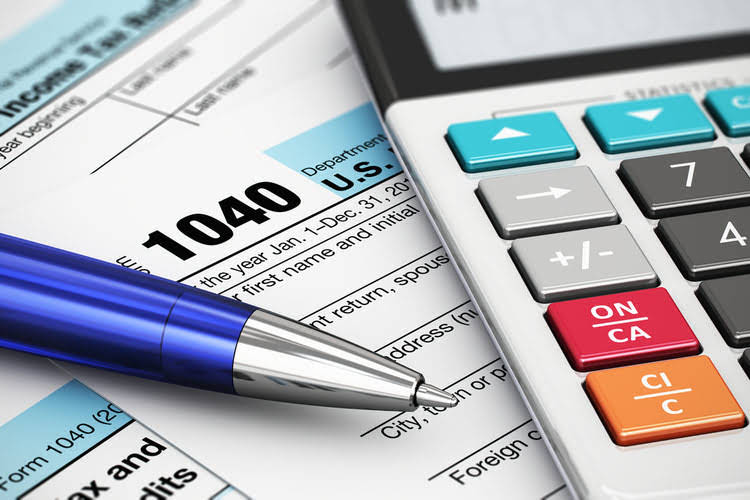
Depending on the type of inventory you sell, you may be able to use the simpler retail method to calculate the cost of goods sold and the cost of your ending inventory. Take this number and subtract the sales total multiplied by the percentage, and subtract it from the cost of goods sold to get the ending inventory total. Although cost accounting method can provide better accuracy, it usually requires more complex calculations. The main advantage of retail accounting is how easily it sets inventory prices to match what customers pay. However, cost accounting can be challenging because it involves many factors that store owners can’t control. Retail bookkeeping is key for managing a retail store’s finances.
- Anything purchased at an older price would have been discarded due to spoilage and lapsing expiration dates.
- Down the road, you can always restructure or evolve into an S-Corp or C-Corp as your online business scales.
- If you use a flat markup rate across all products, then you can calculate your ending inventory cost without counting it.
- Expect LLC state filing fees from $50 to $500 depending on location.
- For example, let’s say your business has a bin of 200 hair ties, each of which you and you purchased at different prices for a total of $40.
What is the Retail Method?
Chart of accounts is the foundation of financial management for retail businesses. It enhances financial transparency, enables accurate reporting, supports tax compliance, and aids in making informed decisions. Whether for small clothing stores or large retail chains, a robust chart of accounts is essential for financial success in the retail industry. On the income statement, you track revenue, or all of the money your business is earning. From the revenue, you subtract the cost of goods sold that you’ve calculated using one of the methods detailed above. The resulting number is the amount you have left to pay your overhead costs.
Balance sheet
Every retail transaction, whether it involves sales, purchases, or expenses, needs to be accurately recorded. This includes receipts, invoices, and any other relevant documentation. Point-of-sale (POS) systems can automate this process by capturing transaction details, reducing the chances of manual errors. Nick Gallo is a Certified Public Accountant and content marketer Accounting Periods and Methods for the financial industry.

Best Online Bookkeeping Services of 2024
Sync your retail accounting software with apps that bring together all your sales channels, transactions, and expenses in one place. Our retail accounting software helps you seamlessly stay on top of it all, from inventory to expenses and more. When you carry out retail bookkeeping, you also have to keep records of all the finances of your retail store and track the sales that are made. Track all resources put into the business by owners in a separate equity account, even if you run your store as a sole proprietor.
- It enables you to record all the finances and accounts and automates your invoicing.
- At the beginning of the quarter, you restated your inventory, valued at its original cost of $100,000.
- The cost of the inventory affects actual profit, and inventory in stock is considered an asset for the purposes of taxation and business valuation.
- Because the 30 dice at 5 cents each were ordered first, you’ll match this against your inventory and assume that 30 of the dice you sold cost 5 cents each.
This method helps you get an approximate value for your inventory without having to count the inventory often. The retail method works for businesses that mark up their inventory consistently and at the same percentage. The weighted average is an inventory costing method that averages the cost of your items. This method is the most useful when dealing with goods you rotate or mix up, like smaller identical items in large quantities. Before making a decision about which inventory costing method to use for your taxes, speak with your accountant. They will be able to make a recommendation regarding which costing method is most favorable for your business.
- The FIFO method of inventory costing assumes the first items entered into your inventory are the first items you sell.
- Before making a decision about which inventory costing method to use for your taxes, speak with your accountant.
- Managing cash flow well is key for retail stores’ financial health.
- Sync your retail accounting software with apps that bring together all your sales channels, transactions, and expenses in one place.
- The FIFO method is especially useful for perishable items and is popular among food retailers because of its practical advantages.
- Snapshots are taken daily and then replicated to another physical Right Networks facility for Disaster Recovery.
- A well-organized retail chart of accounts is your roadmap to understanding your business’s financial health.
- Cost accounting tracks your inventory costs based on the amount you paid to acquire each item.
- Your assets minus your liabilities equals your equity, which is the value of your business outside of what you owe.
- Whether you choose the retail method, FIFO, or LIFO, maintaining accurate inventory records and embracing technology for tracking can make a significant difference.
A balance sheet is an important resource for keeping https://www.bookstime.com/ track of assets, liability, and equity. On one side of the balance sheet, you list your assets, such as equipment. On the other side, you list your liabilities, such as business credit cards. Your assets minus your liabilities equals your equity, which is the value of your business outside of what you owe. These three things – assets, liability, and equity – should always balance each other, hence the name of this document.


It’s also convenient since you don’t have to physically count inventory every time. For example, let’s say your business has a bin of 200 hair ties, each of which you and you purchased at different prices for a total of $40. Using the weighted average, you’ll divide the total cost retail accounting of the hair ties by the number you purchased, which is 20 cents each. If you sold 120 of them, the cost of goods sold was $24, and you have $16 for the ending inventory. The last in, first out (LIFO) is the opposite of the FIFO method.
Record bills from your vendors and plan your payments based on when they are due. Get real-time, automatic inventory updates with every sale and order so you don’t run out or overstock. In addition, a highly experienced CPA firm can be a surprisingly comprehensive business advisor. Not only can they confirm that you’re taking appropriate deductions, but they can create a personalized tax strategy and give targeted financial advice. If you buy goods for $70 and sell them for $100, your cost-to-retail ratio is 70 percent. Some common methods for valuing and counting inventory are First In, First Out (FIFO); Last In, First Out (LIFO); and Weighted Average Cost.
